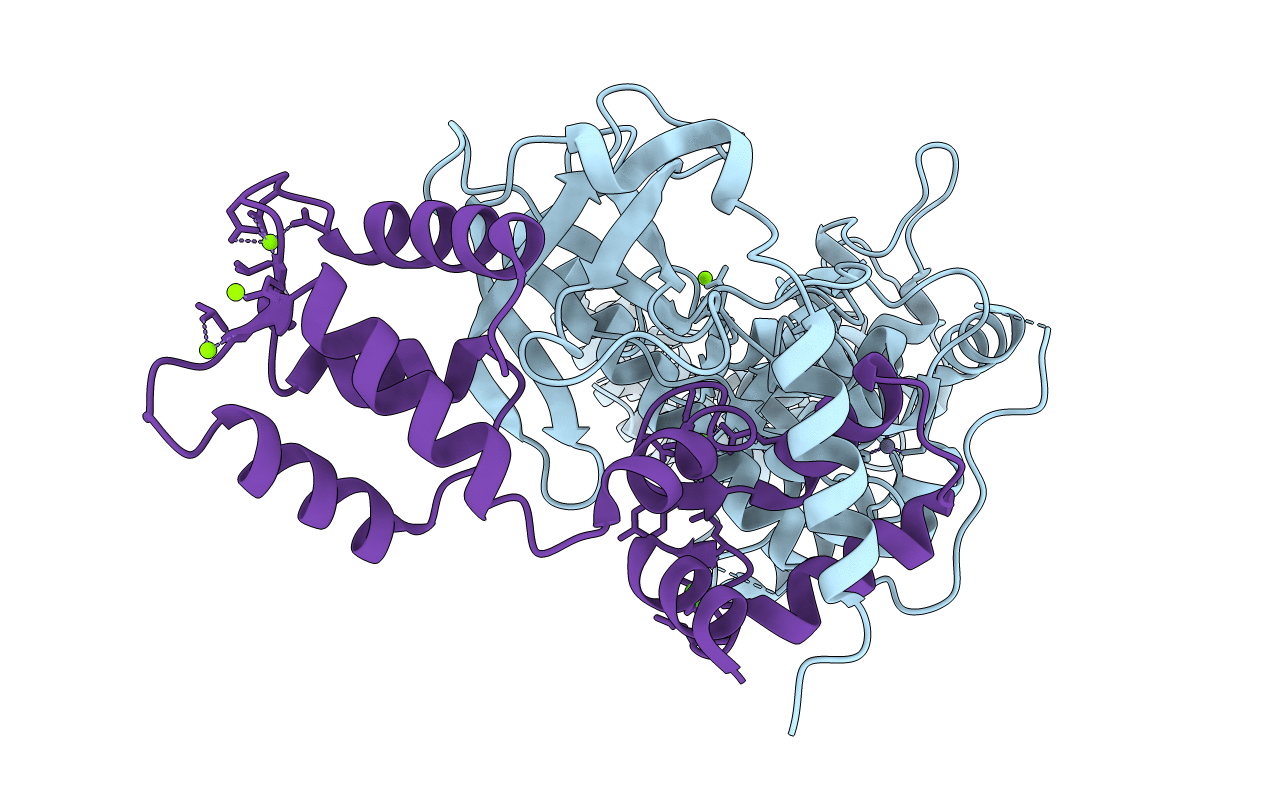
Deposition Date
2021-10-11
Release Date
2022-04-06
Last Version Date
2024-11-06
Entry Detail
PDB ID:
7SHQ
Keywords:
Title:
Structure of a functional construct of eukaryotic elongation factor 2 kinase in complex with calmodulin.
Biological Source:
Source Organism:
Homo sapiens (Taxon ID: 9606)
Host Organism:
Method Details:
Experimental Method:
Resolution:
2.34 Å
R-Value Free:
0.25
R-Value Work:
0.22
R-Value Observed:
0.23
Space Group:
P 31 2 1


